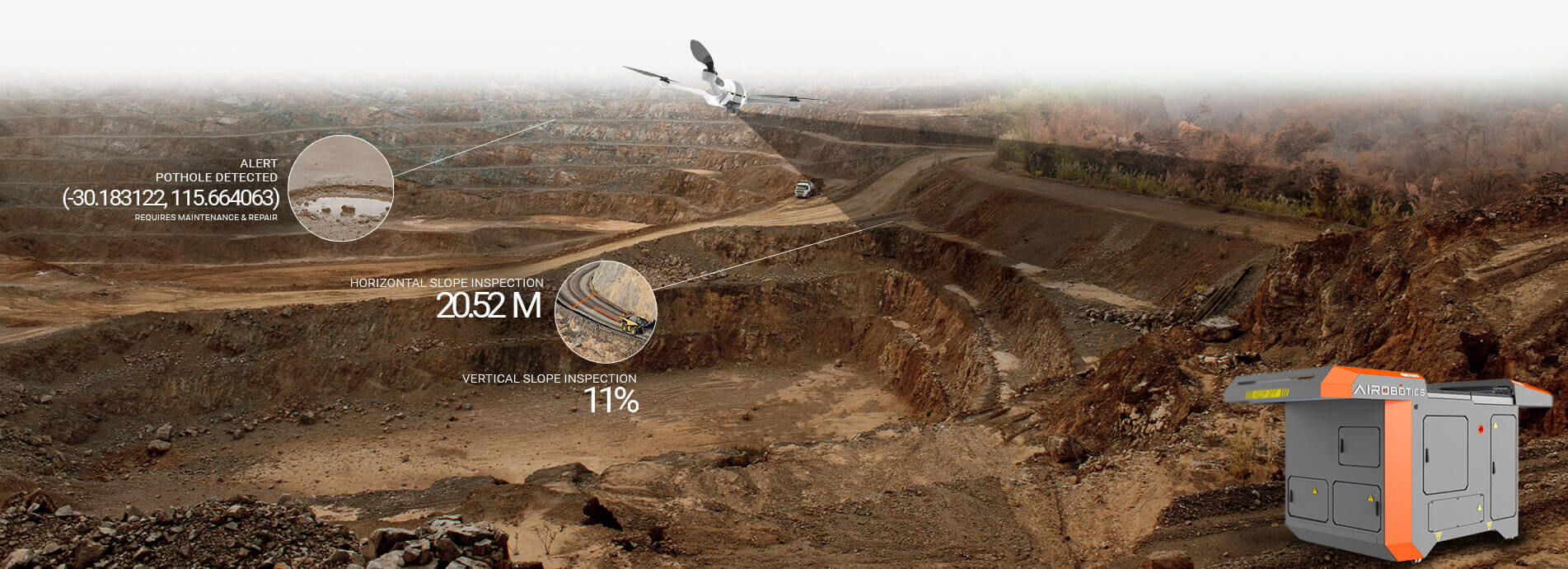
True innovation: Three big ways drones are changing the way we live
Promoted
Life changes rapidly these days. The world is full of creation and innovation, all of it happening at a speed so breakneck it can be hard to tell which developments are set to change the world and which ones are essentially the Segway of 2018.
Modern unmanned aerial vehicles, also known as UAVs or drones, have been on the military scene since 2001 and started to go mainstream in the industrial and commercial markets in 2011, with fervor for these flyers steadily increasing to the point that drones are expected to have an economic impact of $82 billion dollars by 2025 in the United States alone.
In short, drones are here to stay. They’re also here to change the way we live and work, for the better.
Here are three big ways drones are in the process of reshaping the world we know.

The new industrial evolution
When we hear the words industrial revolution our minds tend to skip back to, well, the era actually called the Industrial Revolution.
However, the new industrial revolution is occurring right now and it is doing so on the back of automation.
Combine automation and unmanned aerial vehicles and you’ve got a game-changing multitool increasing operation efficiencies, decreasing costs and improving safety across a number of industries including mining, energy, construction, transportation and critical infrastructure, to name but a handful.
With automation eliminating the need for and (expense of) a pilot and making the swapping of payloads and sensors automatic, the list of industrial UAV applications that can be accomplished by a single automated drone ranges from security, surveillance and emergency response to inspections, surveying, mapping and stockpile evaluation.
Capable of both on-demand and scheduled missions, automated drones make it possible for organizations to keep human employees from completing dangerous tasks in dangerous industrial environments.
They also make it possible for inspections and evaluations to be completed without interrupting business processes.
Overall, automated drones get a range of industrial jobs done faster, more efficiently, more inexpensively, with more precision than traditional methods could manage while protecting the lives of workers who would otherwise be endangered trying to make a day’s pay.
Viva la revolution, indeed.
Helping the helpers
Every day, first responders put their own lives on the line in order to save others, often rushing into dangerous situations without enough information on the risks.
Thanks to drones, first responders can gain visibility into potentially deadly situations such as fires or active shooter scenarios.
Drones can be used to locate people trapped inside buildings during fires, allowing firefighters to stage targeted rescues instead of running blind into burning structures.
Similarly, drones can provide information on active shooter scenarios and other emerging threats, providing police with details on number of perpetrators, location, angle, weaponry and hostages. This essential real-time information helps protect the lives of first responders and would-be victims alike.
Drones have also been used in search and rescue efforts, taking the place of slower and more expensive helicopters.
Thermal imaging sensors have been especially invaluable for locating lost or missing persons.
Additionally, drones can provide aid in disaster relief efforts, with the ability to locate survivors in need of assistance and the ability to fly in conditions that helicopters and their human pilots should never be subject to.
It’s a bird, it’s a plane, it’s Amazon
This one won’t be much of a newsflash to anyone who follows the UAV industry and/or the gigantic tremendously successful retail corporation industry.
One of the most anticipated drone applications is definitely drone delivery, and the company that has long been making waves (and headlines) when it comes to that particular application is Amazon.
Amazon Prime Air was first introduced to the world as a concept at the end of 2013. In 2015, Amazon was granted permission to begin testing drone delivery, and in 2016 the corporation began its first public drone delivery trial, offering drone deliveries to customers living within a few miles of an Amazon fulfillment center in Cambridge, England.
It’s a matter of when, not if, Amazon will begin global Prime Air deliveries. Amazon has said their initial plans are to use drones to deliver packages weighing less than five pounds to addresses within a 10-mile radius of their warehouses and fulfillment centers, all in less than 30 minutes from order to drop off.
Currently, drone delivery is hampered by strict UAV flight regulations around the world. As delivery drone technology and flight control management improve, we can expect these regulations to be relaxed, and shortly thereafter we can expect Amazon to be able to deliver many items to almost anywhere in the world.
This is good for Amazon’s bottom line as well as good for customers that need their new pinking shears right now, yes, but drone delivery also has the potential to make it easier to get essential items and necessities of life to areas that are currently not served by traditional delivery methods.
The full impact drone delivery could have on the health and well-being of global citizens remains to be seen, but as Amazon boldly blazes the trail, we can be confident that the full impact will eventually be realized.
Looking further ahead
At this point in time, we are basically seeing the tip of the iceberg when it comes to what drones are capable of and how they will impact our world.
As automation in drones is more widely adopted with safety and accuracy in flight better guaranteed, drone flight regulations around the world will begin to keep pace with drone capabilities.
Only then will we see how drones are really, truly innovating how we live and work. Go ahead and file drones under “Not a Segway”.
This is one piece of futuristic technology living up to its sky-high hype.
